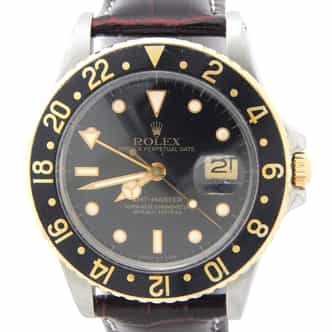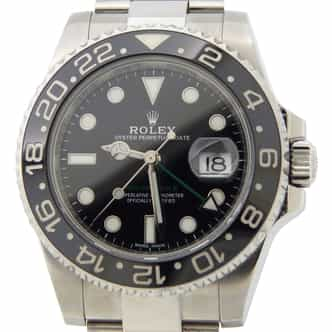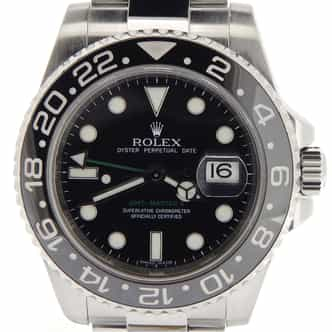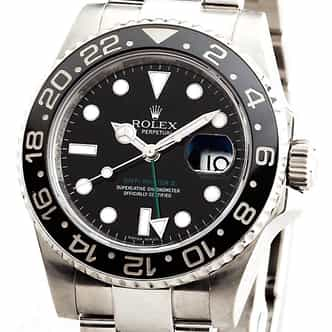-
Your Price:
$8,999.98 $500 | Coupon: OCTOBER500 -
Your Price:
$14,099.98 $500 | Coupon: OCTOBER500 -
Your Price:
$14,099.98 $500 | Coupon: OCTOBER500 -
Your Price:
$14,099.98 $500 | Coupon: OCTOBER500
Shop
Sell
Learn
(817) 503-2334
Sign up to receive emails from BeckerTime and get
$125 OFF
your next purchase of $2,000 or more.






